The Tardigrade Genome Has Been Sequenced, And It Has The Most Foreign DNA Of Any Animal


The tardigrade genome has been sequenced, and it has the most foreign DNA of any animal
Scientists have sequenced the entire genome of the tardigrade, AKA the water bear, for the first time. And it turns out that this weird little creature has the most foreign genes of any animal studied so far – or to put it another way, roughly one-sixth of the tardigrade’s genome was stolen from other species. We have to admit, we’re kinda not surprised.
A little background here for those who aren’t familiar with the strangeness that is the tardigrade – the microscopic water creature grows to just over 1 mm on average, and is the only animal that can survive in the harsh environment of space. It can also withstand temperatures from just above absolute zero to well above the boiling point of water, can cope with ridiculous amounts of pressure and radiation, and can live for more than 10 years without food or water. Basically, it’s nearly impossible to kill, and now scientists have shown that its DNA is just as bizarre as it is.
So what’s foreign DNA and why does it matter that tardigrades have so much of it? The term refers to genes that have come from another organism via a process known as horizontal gene transfer, as opposed to being passed down through traditional reproduction.
Horizontal gene transfer occurs in humans and other animals occasionally, usually as a result of gene swapping with viruses, but to put it into perspective, most animals have less than 1 percent of their genome made up of foreign DNA. Before this, the rotifer – another microscopic water creature – was believed to have the most foreign genes of any animal, with 8 or 9 percent.
But the new research has shown that approximately 6,000 of the tardigrade’s genes come from foreign species, which equates to around 17.5 percent.
“We had no idea that an animal genome could be composed of so much foreign DNA,” said study co-author Bob Goldstein, from the University of North Carolina at Chapel Hill. “We knew many animals acquire foreign genes, but we had no idea that it happens to this degree.”
Continue Reading.
More Posts from Llamaslikesciencetoo and Others
Is Ransom Okay I Heard A Coral Reef Died
![[x]](https://64.media.tumblr.com/29bce261611ce645164f48db408e1a0c/tumblr_o72gqu5mvq1qiz5q7o1_500.jpg)
[x]
In this short video, augmented reality startup company Magic Leap used their cool technology to make 3D magic happen in a school gym.

I meant to say “neat” because it’s the first time I’ve seen a toad in person with its croak sac and I got excited
Too excited
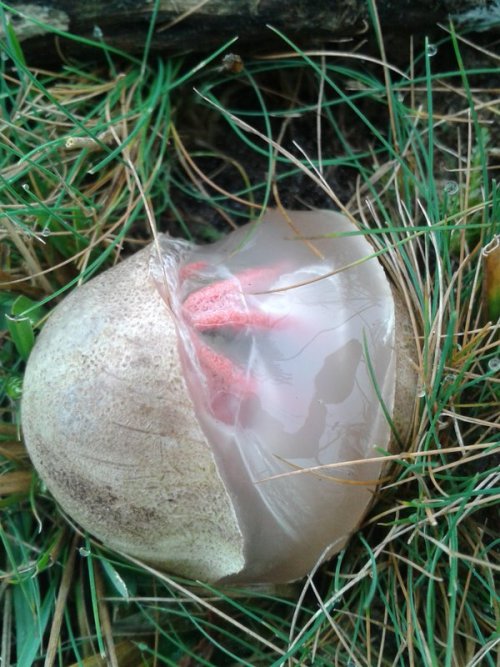
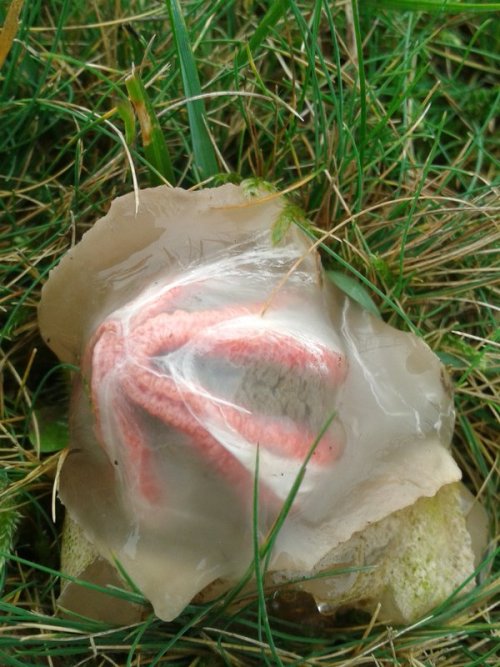
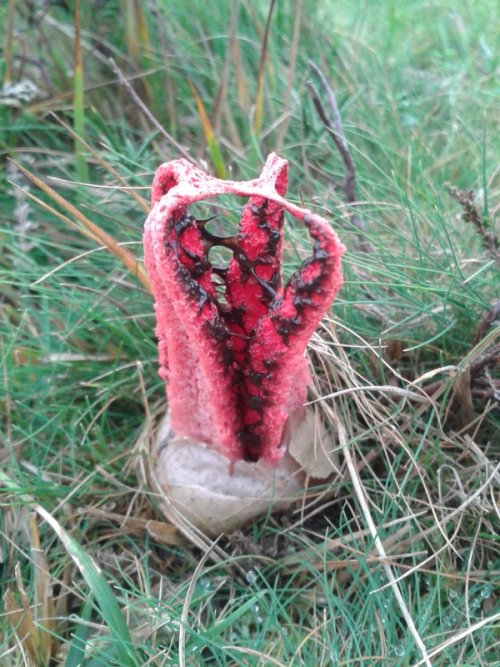
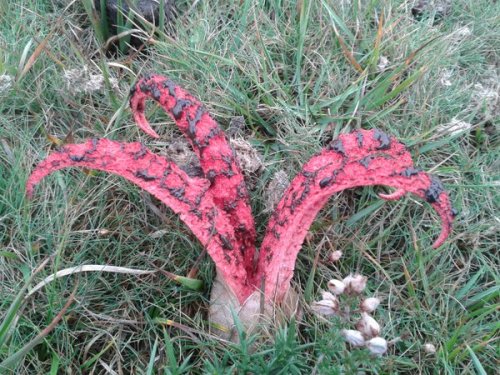
(image credit to Dan Hoare on twitter)
I ONLY JUST LEARNED ABOUT THE EXISTENCE OF THIS MUSHROOM????? WHICH ERUPTS FROM AN EGG BEFORE UNCURLING HELLISH ARMS, EXPOSING ITS STICKY MASS OF SPORES TO BE SPREAD BY FLIES ATTRACTED BY THE SCENT OF ROTTING FLESH???
Admittedly, I am easily won over by all organisms that attract flies with the scent of rotting flesh. But the octopus stinkhorn (Clathrus archeri) also has tentacles, a freaky egg stage, and blackish goop, so it’s my favorite now.

Updated visalization of every Vaquita left on Earth
There are supposed to be 5000 of them. Now there are 30.
What has been done so far has not worked, including the ban on gill nets, and the capture effort that is coming will probably be far too late.
This is humanity’s fault.
China for pushing the market for totoaba swim bladders, Mexico for allowing it until this point, and the rest of us for not stepping up until they are at death’s door.
This species will most likely be gone in one or two years, and it will be the second cetacean species to die out in a little over ten years, the second in the entire 200 000 year history of the human species.



a dream come true: ORCAS IN THEIR NATURAL HABITAT!
they examined our cruise vessel inquisitively and played in our stern wave <3 to watch these gentle giants from up close was such a beautiful once in a lifetime experience! they stayed quite a while so i could enjoy the moment and still take some neat pics. thank you for this special day, guys! stay safe.
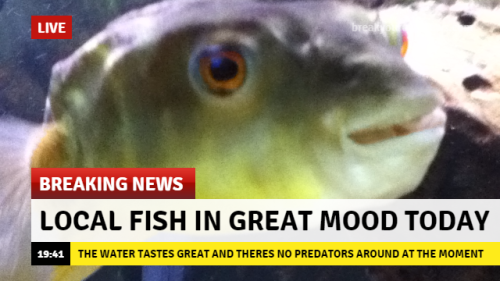




“I’m on Lord Howe Island, a tiny speck of land 300 miles off the east coast of Australia. Humans beings only got here a little over 200 years ago, and it seems the birds that nest here are still quite curious to see what’s going on.“ (Life of Birds 1998)
This is it. This is my favourite Attenborough moment.
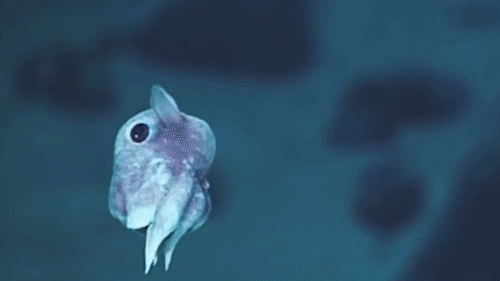
-
 purpleminte liked this · 1 year ago
purpleminte liked this · 1 year ago -
 fortheloveofscribe reblogged this · 1 year ago
fortheloveofscribe reblogged this · 1 year ago -
 trobbing1 reblogged this · 2 years ago
trobbing1 reblogged this · 2 years ago -
 machoturbo liked this · 2 years ago
machoturbo liked this · 2 years ago -
 cheloneuniverse liked this · 2 years ago
cheloneuniverse liked this · 2 years ago -
 prettyboythings-blog liked this · 3 years ago
prettyboythings-blog liked this · 3 years ago -
 thatlastsoggyfrenchfry reblogged this · 4 years ago
thatlastsoggyfrenchfry reblogged this · 4 years ago -
 thatlastsoggyfrenchfry liked this · 4 years ago
thatlastsoggyfrenchfry liked this · 4 years ago -
 monsterboyneodick liked this · 4 years ago
monsterboyneodick liked this · 4 years ago -
 bukkaklava liked this · 4 years ago
bukkaklava liked this · 4 years ago -
 proteasome47 reblogged this · 4 years ago
proteasome47 reblogged this · 4 years ago -
 proteasome47 liked this · 4 years ago
proteasome47 liked this · 4 years ago -
 talyara liked this · 4 years ago
talyara liked this · 4 years ago -
 transdickhandhookcardoor liked this · 4 years ago
transdickhandhookcardoor liked this · 4 years ago -
 jesin00 liked this · 4 years ago
jesin00 liked this · 4 years ago -
 digital-future liked this · 4 years ago
digital-future liked this · 4 years ago -
 poornotoriousnfree liked this · 5 years ago
poornotoriousnfree liked this · 5 years ago -
 vote-one-climb liked this · 5 years ago
vote-one-climb liked this · 5 years ago -
 ambergerrosy liked this · 5 years ago
ambergerrosy liked this · 5 years ago -
 coral-collector-trashs-stuff liked this · 5 years ago
coral-collector-trashs-stuff liked this · 5 years ago -
 hat-less-corgi liked this · 5 years ago
hat-less-corgi liked this · 5 years ago -
 cracksinmyimperfectsoul liked this · 5 years ago
cracksinmyimperfectsoul liked this · 5 years ago
Mainly interested in ecology, but also the entirety of science.
179 posts